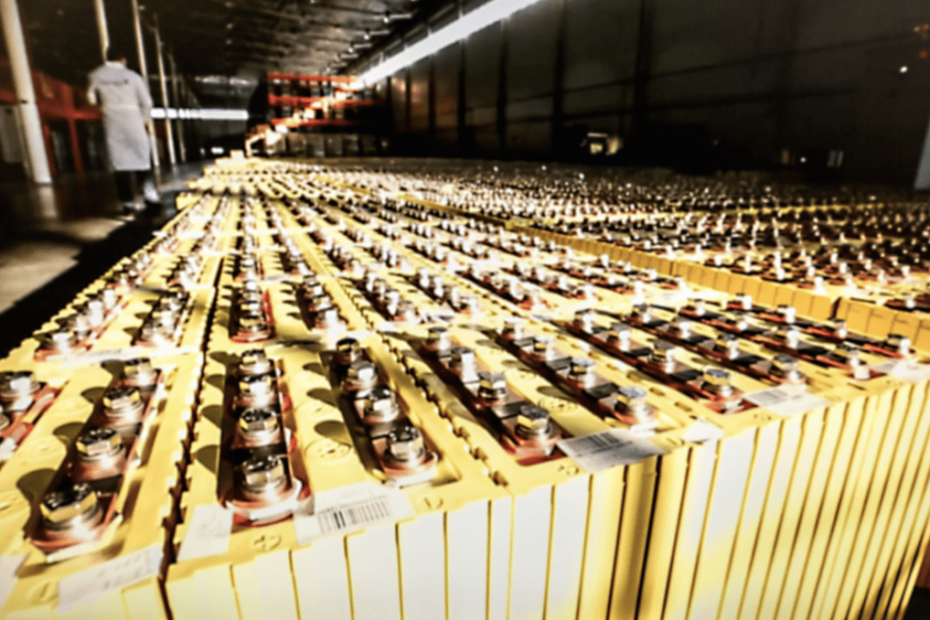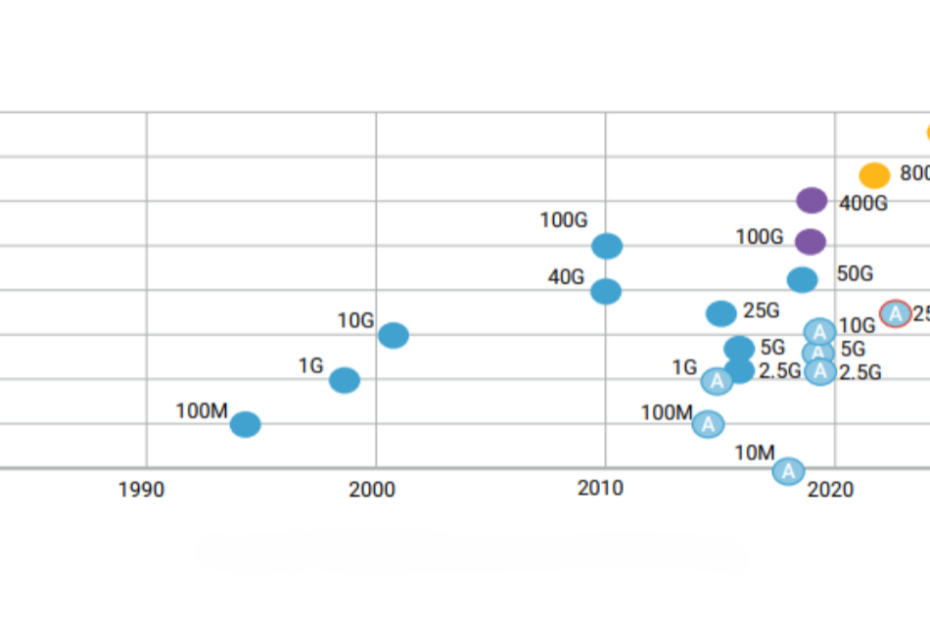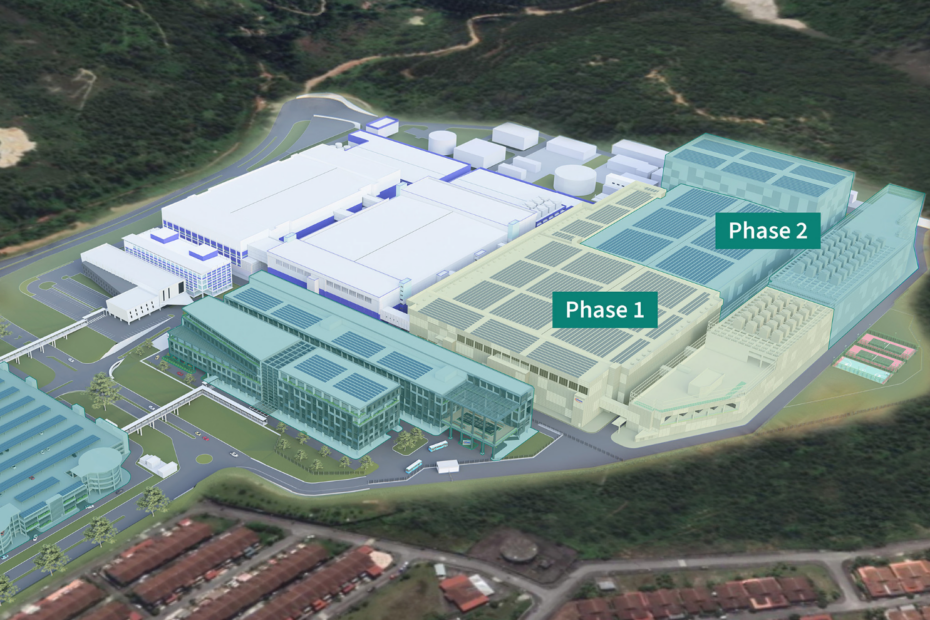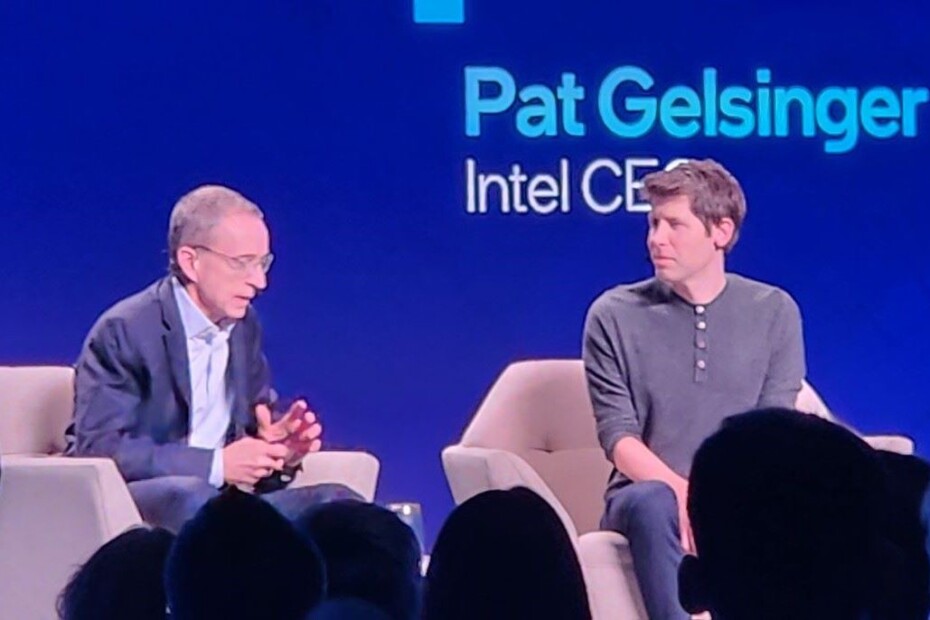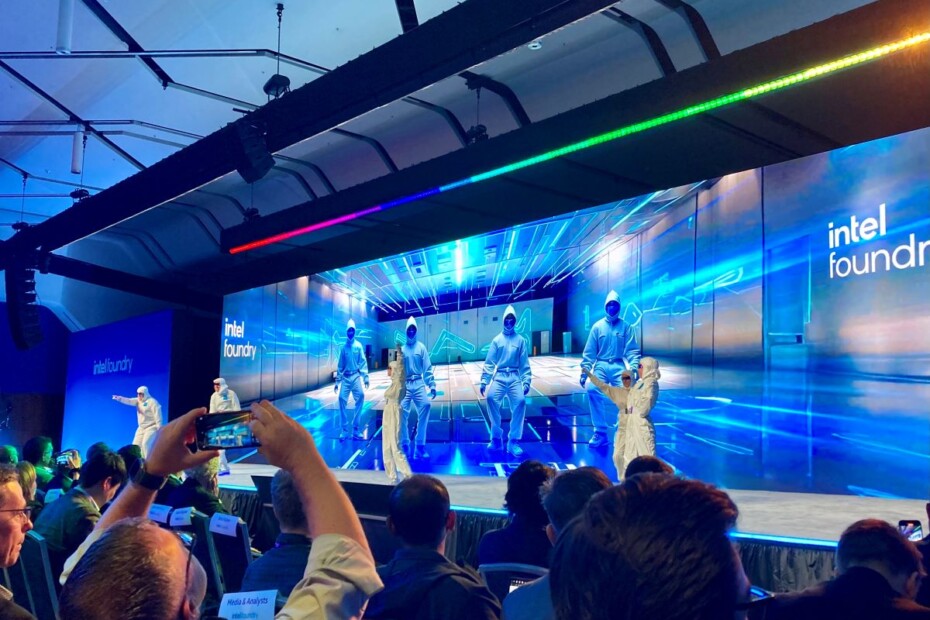China’s EV Battery Lead Appears Unassailable
What’s at stake:
If any nation can ride out a projected slump in EV demand, it’s China and its EV powerhouses, battery maker CATL and car maker BYD.
Demand for still-pricey battery EVs is plateauing, at least outside the booming Chinese market, but some industry analysts predict a rebound is possible over the next 18 months when a second wave of adoption gathers steam across Asia, Europe and the U.S.
An upturn in battery EV adoption is bound to solidify China’s stranglehold on the global EV battery and materials supply web. The sector is dominated by China’s Contemporary Amperex Technology Co., which currently controls 37 percent of the global battery market. Better known as CATL, the industry leader along with Chinese EV juggernaut BYD provide lithium-iron-phosphate (LFP) batteries for all Tesla EVs made in China.
Read More »China’s EV Battery Lead Appears Unassailable
